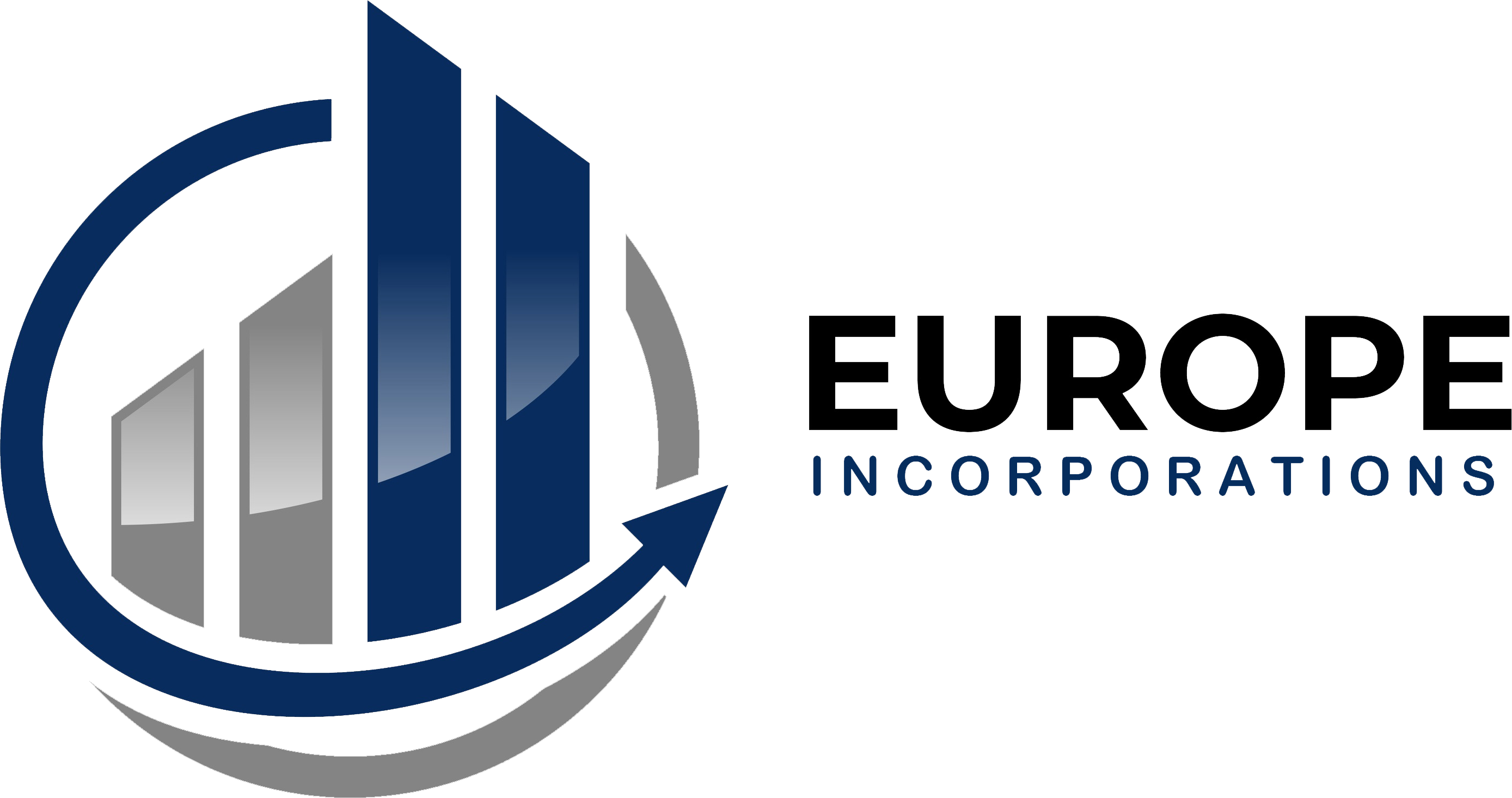Business Process Outsourcing
The 1990s heralded the era of outsourcing. While the politics of manufacturing and call-center outsourcing made both hot-button issues for the public and bouncing ball for politicians, less noticed was the outsourcing of non-core transactional business processes by major companies during the same period.
I started my career at the American Express Company in the 1990s as a member of the finance initiatives group. Amex was setting up what we then called Finance Resource Centers in New Delhi, India, for Asia Pacific (APA), in Phoenix, Arizona, for the Americas, and in Brighton, England, for Europe, the Middle East, and Africa (EMEA).
Much of our I/T coding development work was outsourced to New Delhi, but at the World Financial Center HQ in New York, we also had a huge contingent from the sub-continent, sourced through a then-little unknown company named TATA. History was written in many ways and would evolve into today’s SaaS solutions to a wide range of processing and service delivery that large companies once outsourced.
Later in my career, I would work on outsourcing Honeywell International’s (EMEA) I/T infrastructure and application to IBM and & telecommunication to British Telecom. Once more, in the case of IBM, it was being outsourced to India.
The Finance Resource Centers American Express had pioneered were forerunners to the Shared Service Center that would become popular in the years after. Both had the same objective: the efficient division of labor.

In search of cost efficiency, large companies kept their analytical and core processes in-house and either outsourced or separated their non-core transactional processes
While transactional processing is the engine of business operations, analytical processing and the decision-support needed to guide business strategy is the driver of businesses.
Both are equally important but have different requirements and focus. The driver, who is also the mechanic, cannot fully focus on the road ahead if she is thinking about the engine. Safety mandates the segregation of focus. Let each become a specialist in his/her domain. Even in a future world of perfected self-driving vehicles, failure is only a corner away for the driver-mechanic. Accidents will happen.
American Express’ focus is on delivering top-class credit and financial services to its customers. Honeywell’s is on manufacturing and distributing industrial and personal products that advance our well-being and quality of life. Neither is in the business of processing internal employee payroll. ADP is in that business.
Unfortunately, for small businesses, startups, and pioneering individual entrepreneurs, this is difficult for several reasons. Controlling every aspect of the journey is a natural predisposition. Segregating focus and prioritizing requires confidence in others to effectively execute those non-core transactional processes. Launching businesses and developing and executing strategies is encumbered by staffing, accounting, and bookkeeping, taxation, payroll, regulatory compliance, and so on.
In the digital era of mass data, complex business processes, and cross-border regulations, success lies with the driver that focuses on the road ahead – growing and developing his businesses, while leaving the engine to online mechanic services.
Today, the abundance of SaaS-based solution providers seamlessly and inexpensively resolve the issue of segregation and focus.



SaaS Business Model
If you have a gym membership, cable service, or streaming services such as Netflix, you have a subscription to a SaaS business model. You pay for a recurring service monthly for content delivery and, in the case of your gym, for a space to train and exercise. Like all businesses, the SaaS model is driven by customer acquisition, retention, and monetization through variable pricing axes for different levels of service offered.
This model is now revolutionizing transactional service delivery in businesses. In the digital era, businesses own their strategies, execution, and core functionalities, but they no longer need to own certain business services and transactional processes if they can rent them – much like we rent content delivery from Netflix.
SaaS Businesses
The business of delivering of software as a service has been around since the 1960s – as “rented computed resources” to large companies by IBM and other mainframe providers. It’s not new. But we might consider it new as today’s SaaS business model has nothing to do with the old days of renting mainframe processing and storage capabilities.
In the past decade, we have seen the wide-scale development of the SaaS business in various forms offering transactional processes and workstream solutions that are traditionally burdensome and costly, especially for small and medium-sized businesses. And this has since been extended to global human capital via Gig portals
Internet-driven SaaS developments in the 1990s and the expansion of hosting by application service providers (ASPs) were the foundation for today’s SaaS businesses. CRM evolution by companies like Salesforce.com in the 2000s then mainstreamed the SaaS model. The perfection of cloud-based computing in the last decade saw even major ERP vendors, who once sold a company a license and made their money off maintenance and upgrades, become full-fledged SAAS vendors.
Advancements in OCR technology, electronic signatures, storage & record retention capacities, and API gateways through which complementary services, such as translation, real-time tax rates, and currency exchange rates, have enabled small businesses to start to wean themselves off expensive business process providers – opting instead for less costly platforms that may handle their accounting & bookkeeping, HCM & payroll, sales taxes, and so forth.
Across Europe, most midsized solutions providers have adopted the SaaS model for service delivery. CPA firms and payroll solutions vendors are now SaaS businesses. Even smaller law firms are offering ongoing representation on a recurring service basis. Pricing is based on the number of monthly transactions and is scaled for cost savings as volume increases.
At Europe Incorporations, we aim to relieve you of the burden – to keep you, the driver focused on the road. We facilitate your international launch or expansion into Europe by creating or transforming your legal entity and remove the costly and painstaking administrative barriers by absorbing the backend business processes into the SaaS service delivery eco-system.
Europe Incorporations partners with the best in-country SaaS-based solutions providers and domain experts for your transactional processes. Services that we retain and execute delivery are also offered on a monthly charge basis.
The journey to expanding your business in Europe starts with as little as completing an online questionnaire and having valid proof of your identity (certified copy of passport or national identification documents).



